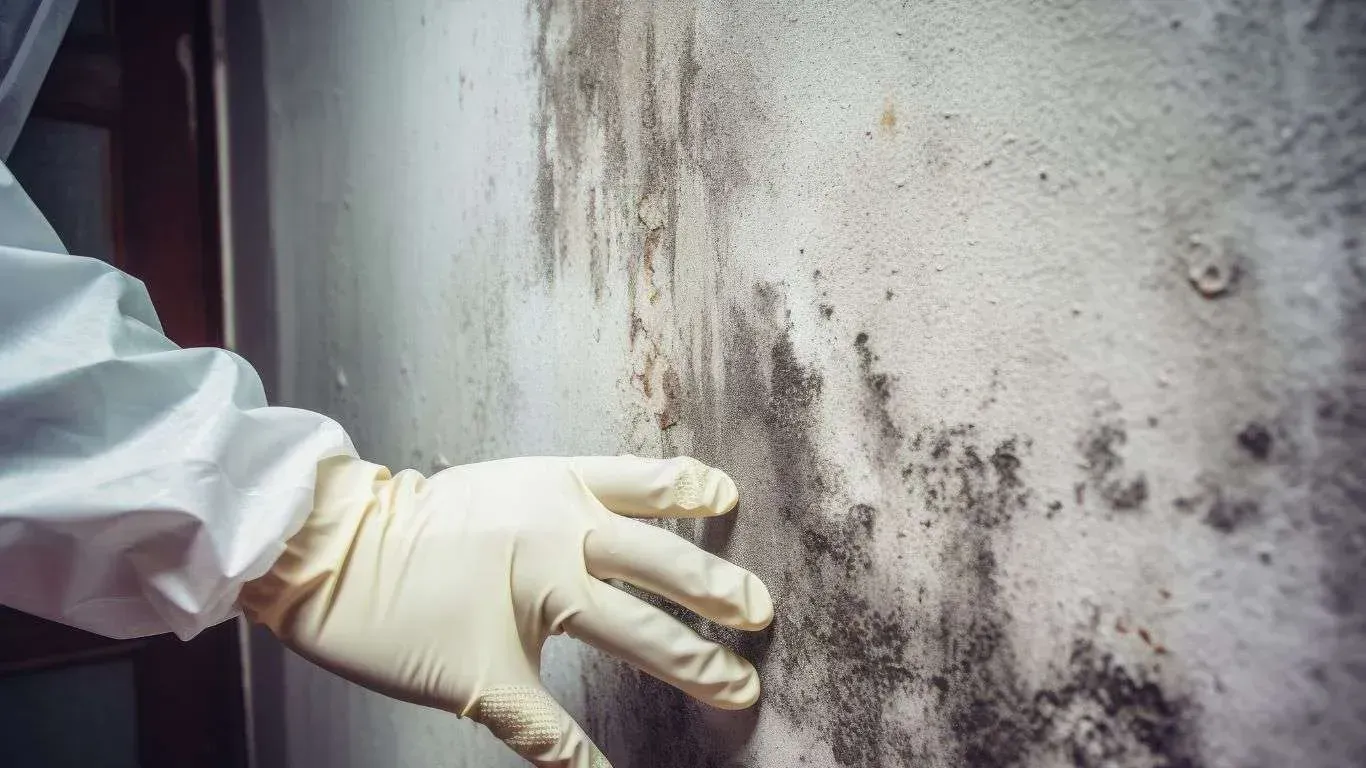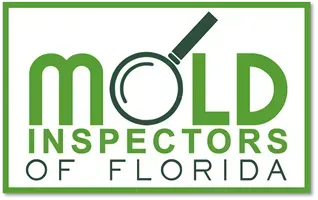What is Mold Inspection and Why is it Essential for Your Home?

Mold inspection is an essential aspect of home maintenance. Its purpose is to identify and address any mold growth within a property. This ensures the health of residents and preserves the home’s structure and value. Regular inspections help homeowners prevent the spread of mold and avoid costly repairs. This article explores mold inspection and why it is vital for your home’s well-being.
Understanding Mold Inspections
Mold inspections systematically identify and evaluate mold in homes or businesses, uncovering hidden mold that can harm the property. A complete inspection is essential, revealing the extent of the mold and the health risks to both people and the building.
At its core is the need to identify the source of moisture that allows mold to flourish. Mold thrives in environments with excessive moisture, which is often caused by leaks, condensation, or poor ventilation. Inspectors begin their task by pinpointing areas prone to dampness. These areas include basements, attics, behind walls, and under floors. They use special tools to measure moisture and find areas with mold. This equipment contains moisture meters and thermal imaging cameras.
The process involves a visual examination. The inspector looks for mold growth, water damage, and moisture issues during this examination. This step is important as it helps us understand the property’s current state and document any visible mold or water damage. However, since mold can exist in hidden areas, inspectors also collect air and surface samples to test for mold spores in the laboratory. These tests help determine the mold species present and the concentration levels. This information is vital for assessing the air quality and understanding the potential health risks.
Education plays a significant role in the basics of inspection. Inspectors identify and assess mold problems and educate homeowners about the causes of mold growth and how to prevent it. This education includes tips on maintaining proper humidity levels and ensuring adequate ventilation. It also involves quickly addressing any water leaks or spills.
Understanding the types of molds is another critical aspect of inspections. Not all mold types are harmful, but some, like black mold (Stachybotrys chartarum), can produce toxins and pose serious health risks. Identifying the mold type in a home allows for better cleanup and prevention. This contributes to ensuring the safety and welfare of the occupants.
The Importance of Regular Mold Inspections
Regular mold inspections are essential for proactive home maintenance. They safeguard residents’ health and contribute to preserving the property’s structural integrity. Periodic inspections aim to address existing mold problems and prevent future infestations.
The frequency of mold growth in homes is often underestimated. Mold can grow rapidly under the right conditions, often without immediate detection by homeowners. Under damp conditions, mold can form in at least 24 to 48 hours. Regular inspections help catch these issues early, preventing them from escalating into larger, more damaging problems. Early detection is crucial for implementing effective remediation strategies. These strategies aid in curbing the spread of mold and minimizing the requirement for extensive and costly repairs.
Health implications are a significant concern associated with mold growth. Mold exposure can cause health problems, especially for people with lung conditions, allergies, or weak immune systems. Symptoms such as coughing, sneezing, and throat irritation can worsen due to mold spores in the indoor environment. In severe cases, mold exposure can trigger asthmatic attacks. Regular inspections allow homeowners to promptly identify and address mold issues, ensuring a healthier living environment.
One cannot overstate the impact of mold on property value. Undetected and untreated mold can damage building materials and finishes such as wood framing, drywall, and paint. This damage requires costly repairs and can also significantly decrease the property’s market value. Regular inspections can prevent these financial setbacks. They ensure mold is managed before it causes irreversible damage.
Moreover, regular inspections contribute to a better understanding of the home’s condition. They can reveal hidden problems, such as water leaks or poor ventilation, which might otherwise go unnoticed until they cause significant damage. Addressing these issues early on can prevent mold growth and help maintain the home’s overall condition and functionality.
Protect Your Home’s Value
Mold inspections are not merely a routine part of home maintenance. They are a critical investment in protecting and potentially enhancing the value of your property. A home’s condition significantly influences its worth in the real estate market, and the presence of mold can drastically reduce its appeal and market value.
Firstly, mold is a red flag for potential buyers and real estate appraisers. It signals neglect and possible hidden damage, making the property less attractive to buyers. During pre-sale inspections, buyers often demand lower prices or request remediation before purchase. This occurs if they detect mold, leading to renegotiations. Regular inspections help homeowners identify and address mold issues early. This prevents such last-minute hurdles in the selling process.
Secondly, mold can cause extensive damage to a home’s structural elements and finishes, leading to costly repairs. Over time, unchecked mold growth can compromise the integrity of building materials, including support beams, flooring, and walls, necessitating significant repairs or replacements. Regular inspections enable the prompt detection and remediation of mold, which prevents such structural damage and preserves the home’s value.
Moreover, homes known for mold problems can gain a negative reputation. This is especially true in close communities and real estate markets, where information spreads fast. Overcoming this stigma can be challenging even after remediation, as it can affect the property’s desirability and resale value. Therefore, conducting regular mold inspections is essential. Taking immediate action upon detection helps maintain a positive standing in the real estate market.
Insurance aspects also come into play. Many homeowners’ insurance policies have limitations or exclusions related to mold damage. Regular inspections and timely remediation can prevent extensive mold damage. This may help secure better insurance coverage terms. It can also prevent potential conflicts with insurance providers over mold-related claims.
It is a proactive measure that protects and potentially enhances your home’s value. Homeowners can avoid harm to their property’s marketability and structure by promptly identifying and addressing mold issues. Regular inspections signify to potential buyers that the home is well-maintained and free from hidden problems. This, in turn, supports or even increases its value in the real estate market.
To stay current with us, please follow our X and Instagram pages.


